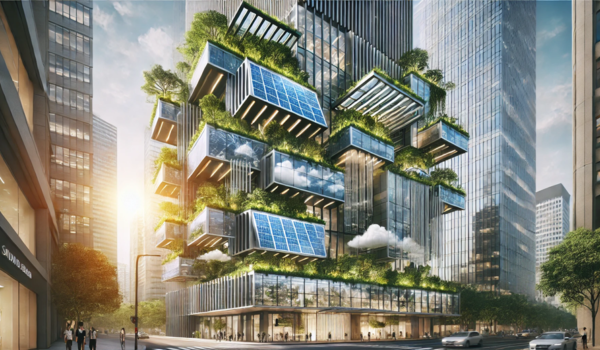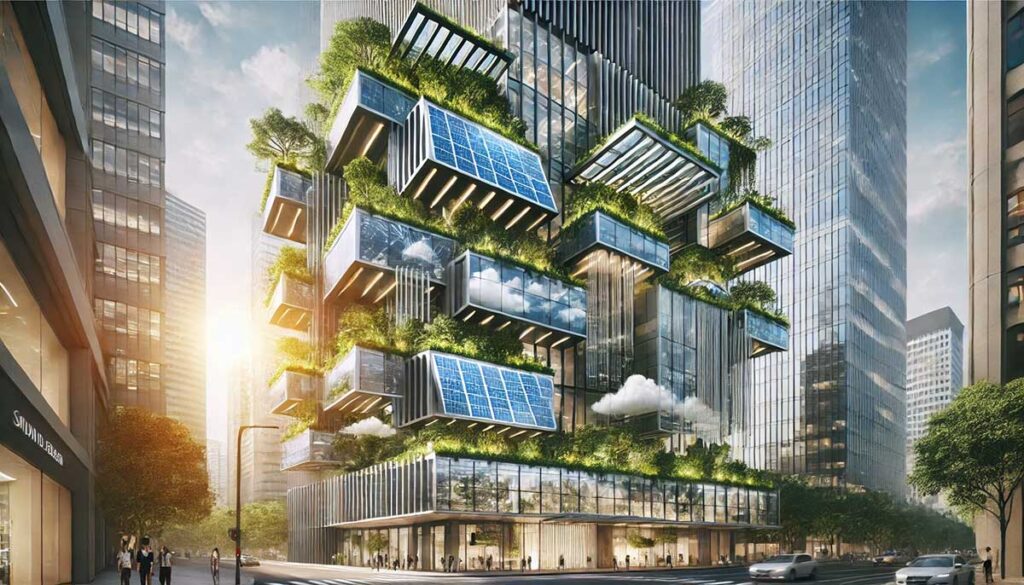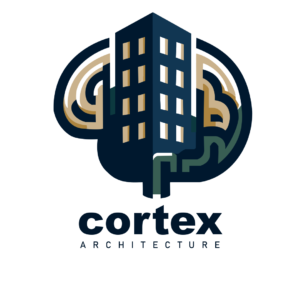Exploring Cutting-Edge Technologies: Transforming House Facade Design in the 21st Century

Introduction
Facade design has been a fundamental aspect of architectural advancement, acting as a building’s external identity and making a profound statement about its essence. As we step into the 21st century, the convergence of design and technology is generating a range of intriguing possibilities in the design of house facades. This article delves into the realm of state-of-the-art technologies that are reshaping our approach to exterior home aesthetics, blending visual appeal, functionality, and eco-friendliness in unprecedented ways.

Innovative Materials and Adaptive Facades
In the realm of facade design, intelligent materials are taking the spotlight. These materials possess adaptive attributes, responding to changes in the environment in real time. Imagine a facade that autonomously mends its own fissures or alters its color based on the sun’s angle. These breakthroughs not only enhance the visual allure but also contribute to the structure’s long-term resilience. Moreover, dynamic facades are emerging as a result of technology, enabling the exterior to adapt to weather conditions, optimizing energy efficiency and comfort.

Sustainability Innovations in Facade Design
Sustainability is a driving force in contemporary architecture, and facades are no exception. The integration of renewable energy sources into facades, like solar panels and wind turbines, is becoming increasingly common. Energy-efficient facades, meticulously designed with insulation, ventilation, and shading technologies, play a role in lessening a building’s ecological footprint. From self-sustaining structures to those that produce their own energy, the opportunities are expanding.

Digital Crafting and Personalization
The rise of digital crafting technologies such as 3D printing and CNC machining is revolutionizing the way facades are conceptualized and constructed. Architects and designers now have the ability to craft intricate and tailor-made facades that were once purely conceptual. The amalgamation of traditional craftsmanship with digital precision facilitates the realization of intricate designs that were previously unattainable.

Virtual Reality (VR) and Augmented Reality (AR) in Design
Virtual Reality and Augmented Reality have migrated from the gaming realm to architecture. These technologies enable architects, clients, and builders to collaboratively visualize and refine facade designs in a shared virtual space. In contrast, AR enriches the user experience by delivering interactive and informative components on facades, cultivating a deeper connection between the edifice and its occupants.

The Role of Data and Analysis
Data-guided design is gaining traction, where architects employ simulations and analyses to inform facade layouts. Climate simulations furnish insights into energy efficiency, assisting architects in informed decisions regarding materials, shading, and ventilation. This approach guarantees that facades are optimized for both aesthetic appeal and practicality.

Biophilic Design and Nature Integration
Biophilic design principles, which emphasize the infusion of natural elements into constructed environments, are influencing facade designs. Green walls, natural materials, and increased daylight not only offer aesthetic charm but also contribute to the well-being of occupants and the overall surroundings.

Challenges and Future Prospects
While these advancements hold significant promise, they are not devoid of challenges. Striking a balance between technological innovation, cultural context, and architectural harmony can be intricate. As technology continues to evolve, the future of facade design presents the potential for even more exceptional integration between aesthetics and practicality.

Conclusion
The fusion of technology and design is ushering in a new era of facade aesthetics. From self-repairing materials to virtual design collaborations, these innovations are reshaping how we perceive and interact with our living spaces. As the architectural domain continues to embrace these transformative technologies, we are witnessing a redefinition of the possibilities for a house facade – a canvas for artistic expression, a symbol of sustainability, and a showcase of our technological ingenuity.
KeyWords: facade designHouse exterior innovationTechnological advancements in architectureSmart materialsSustainable facade solutionsDigital fabrication in architectureVR and AR integration in designEnergy-efficient house facadesBiophilic design trendsDynamic facadesData-driven facade decisionsCustomized facade
